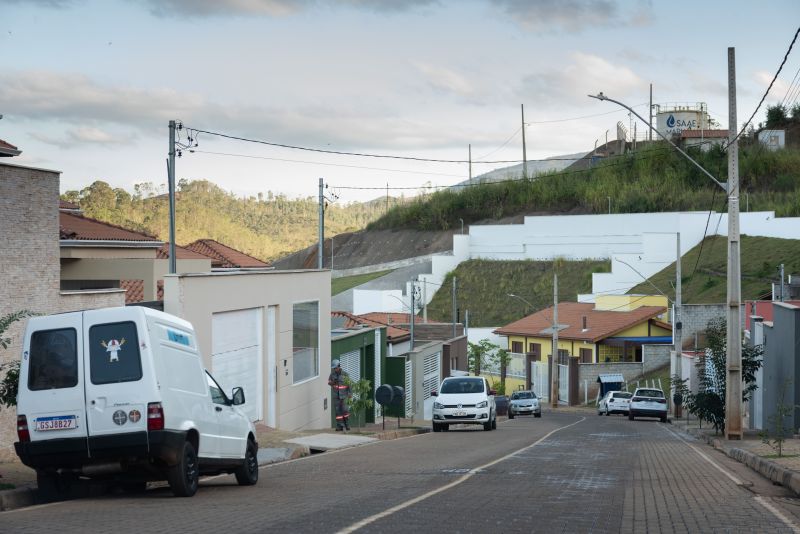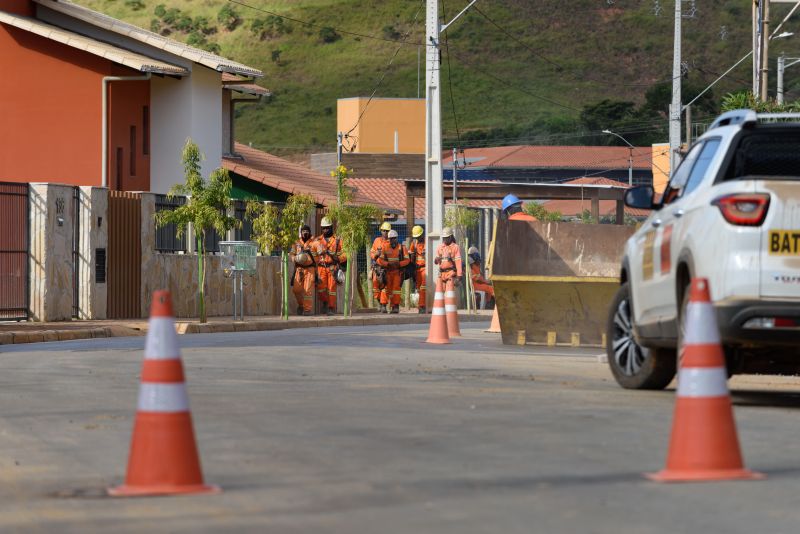In November 2015, the catastrophic failure of the Mariana Dam unleashed a torrent of devastation across the serene landscape of Minas Gerais, Brazil. This disaster not only obliterated homes and livelihoods but also cast a long shadow over the impacted communities, forcing residents to confront an overwhelming reality.
Yet, amid the wreckage, a remarkable narrative emerged—one of resilience and recovery. Communities banded together, drawing on their shared histories, cultural ties, and innate strength to navigate the tumultuous waters of recovery.
In examining their journey, we uncover the profound lessons learned in the face of adversity, highlighting the intricate tapestry of human spirit and solidarity that flourished in a time of crisis. As we explore the multifaceted dimensions of community resilience following this monumental disaster, we witness not just the struggle to rebuild, but a transformative process that reshapes identity, fosters cohesion, and ignites hope for a brighter future.
Impact of the Mariana Dam Disaster

The Mariana Dam Disaster cast a long shadow over the local community, unraveling not only the fabric of daily life but also exposing the vulnerabilities that lay beneath the surface. In a matter of moments, homes were submerged, livelihoods vanished, and the environment suffered devastating blows.
Those who witnessed the torrent of mud and water realized that their sense of security had been irrevocably shattered. Families were forced to confront not only the loss of physical possessions but the emotional toll of trauma.
As the immediate chaos of the disaster faded into the background, a new reality emerged—one where resilience became the cornerstone for recovery. Grassroots efforts sprouted, as neighbors banded together, sharing resources and stories of hope amidst despair.
Town hall meetings buzzed with plans for rebuilding, illustrating the indomitable spirit that characterized the communitys response. Yet, as they navigated the complex pathways of recovery, the scars of the disaster remained, serving as a poignant reminder of both natures fury and the power of unity in the face of overwhelming odds.
Community Engagement in Resilience Building

Community engagement is a cornerstone of resilience-building in the wake of the Mariana Dam disaster, fostering a robust connective tissue among residents that empowers them to tackle challenges collectively. After the initial shock of the disaster reverberated through the community, residents came together in grassroots initiatives, driven by a shared sense of purpose and urgency.
They organized forums and workshops, where stories of loss and survival intermingled, creating a rich tapestry of shared experiences that informed recovery efforts. Local leaders emerged organically, guiding discussions that led to actionable plans, while diverse groups—ranging from artists to farmers—contributed unique perspectives, illustrating that resilience is not a one-size-fits-all approach.
Through collaborative decision-making and resource sharing, the community not only strengthened its immediate response but also laid the groundwork for long-lasting recovery, illustrating the profound impact of solidarity in overcoming adversity.
Mental Health and Emotional Recovery

In the aftermath of the Mariana Dam disaster, the mental health of affected communities became a pressing concern, amplifying the need for targeted emotional recovery initiatives. The catastrophic event not only stripped away physical security but also left deep psychological scars—grief, anxiety, and trauma became unwelcome companions in everyday life.
Amidst this turmoil, community-based support systems emerged as lifelines, fostering connections that facilitated open dialogues about mental health challenges. Local organizations organized workshops and support groups, providing spaces where individuals could share their experiences and confront their feelings.
Such collective resilience is inspiring; its not just about survival, but about rejuvenation. Given the spectrum of emotional responses, from shock to anger to hope, these initiatives cultivated a rich tapestry of recovery strategies that acknowledged the unique narratives of each person.
In this intricate dance of healing, the community found strength not in uniformity, but in the vibrant mosaic of human emotion and shared recovery.
Conclusion
In conclusion, the Mariana Dam disaster serves as a stark reminder of the vulnerabilities many communities face in the wake of industrial accidents. The resilience demonstrated by the affected population, particularly in Paracatu de Baixo, highlights the strength and determination of individuals and local organizations to rebuild and recover amidst overwhelming challenges. By fostering a culture of preparedness, enhancing communication, and prioritizing environmental sustainability, communities can better equip themselves for future crises.
The lessons learned from this tragedy not only underscore the importance of responsible industrial practices but also emphasize the need for ongoing support and collaboration in recovery efforts. Ultimately, the pursuit of community resilience is a collective responsibility that requires commitment from all stakeholders to ensure a safer and more secure future for all.


